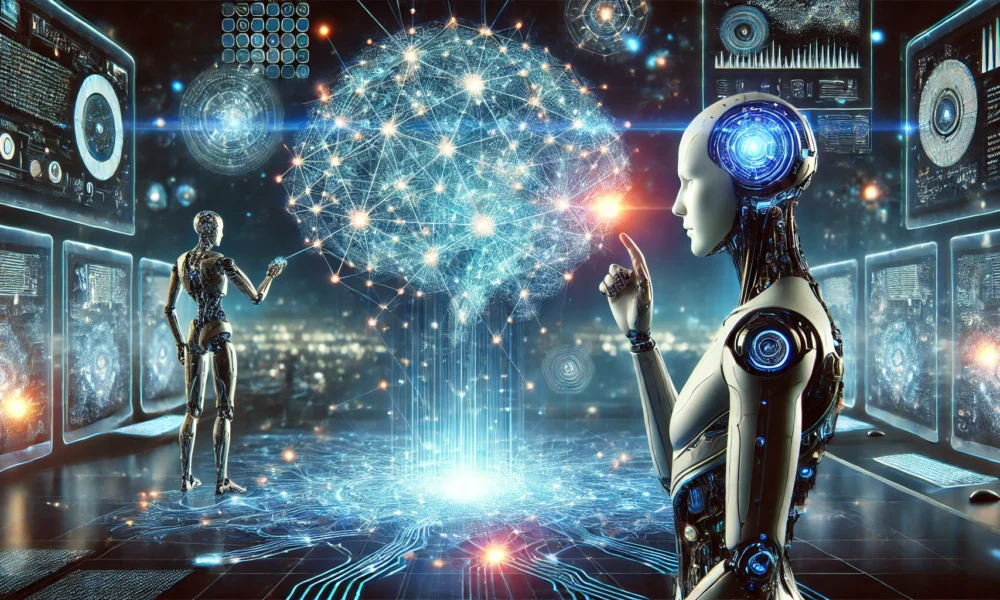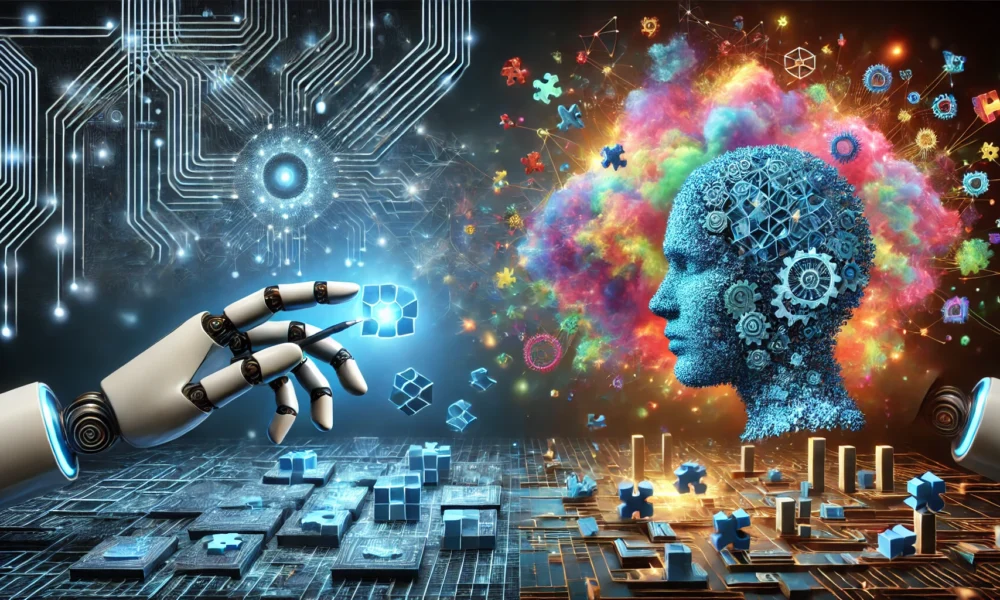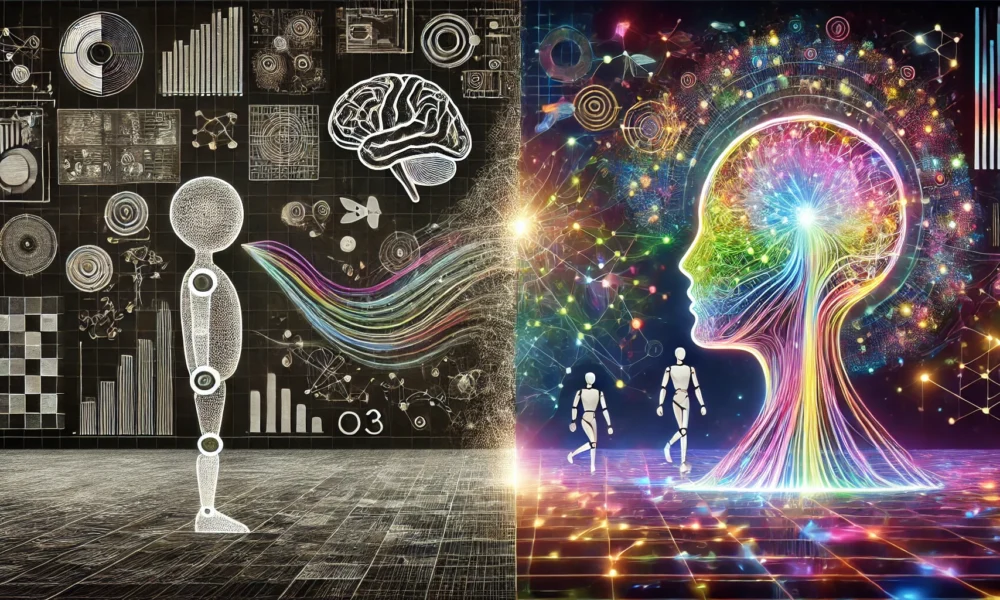Imandra Inc. Unveils ImandraX: Redefining AI Logical Reasoning
Imandra Inc., a leader in AI innovation, has introduced ImandraX, a groundbreaking advancement in neurosymbolic AI reasoning. This release sets a new standard in automated logical analysis, offering cutting-edge capabilities in proof automation, counterexample generation, and decision procedures.
With the increasing reliance on AI in critical industries like finance, defense, and healthcare, ImandraX meets the demand for trustworthy, explainable, and mathematically rigorous reasoning. By integrating powerful automated reasoning with AI agents and decision-making models, ImandraX is revolutionizing AI-driven logical analysis.
Imandra Inc.: Leading the Way in AI-Driven Reasoning
Imandra Inc. is a global AI company at the forefront of Reasoning-as-a-Service® platforms for automated logical reasoning in essential industries. Its solutions, including Imandra Markets® and Imandra Connectivity®, provide rigorous formal verification, design automation, and compliance tools for mission-critical applications. By leveraging automated reasoning, Imandra empowers businesses to confidently apply logical and auditable AI-driven insights.
With a focus on bringing rigor and governance to critical algorithms, Imandra offers a cloud-scale automated reasoning system trusted by organizations worldwide. Their commitment to explainable AI makes Imandra a go-to technology for researchers, corporations, and government agencies globally.
Raising the Bar in AI Reasoning
Denis Ignatovich, Co-founder and Co-CEO of Imandra Inc., believes that ImandraX represents a significant leap in AI workflows by incorporating powerful automated logical reasoning and formal verification capabilities, setting new standards for intelligent systems.
Dr. Grant Passmore, Co-founder of Imandra Inc., emphasizes that ImandraX is the result of years of research and real-world applications, catering to demanding industries like finance and defense. By making rigorous reasoning indispensable for AI-powered decision-making, ImandraX is shaping the future of AI technology.
Key Innovations Unveiled in ImandraX
- Proof Automation Breakthroughs – Introduces new techniques for logical reasoning, revolutionizing formal verification for essential standards like IEEE P3109.
- Neural Network Safety Verification – Offers formally verified proof checker for neural network safety, ensuring models operate safely.
- State-Space Region Decomposition – Enhances efficiency for finance users by delivering significant speedups in region decomposition tasks.
- Developer Experience Enhancements – Introduces VS Code plugin for parallel proof development, streamlining formal verification workflows.
- Seamless AI Integration – Integrates with Imandra’s Python API for smooth adoption into AI frameworks.
Tackling AI’s Toughest Challenges
Denis Ignatovich highlights ImandraX’s ability to address logical challenges in AI systems, ensuring properties are verified and systems operate as intended.
AI models, particularly in deep learning, require explainability and verifiability to mitigate risks in industries like finance and healthcare. ImandraX’s advanced reasoning capabilities offer a solution to these challenges.
The Impact on Finance, Defense, and Autonomous Systems
ImandraX’s advancements in automated reasoning have far-reaching implications for industries like finance, defense, and autonomous systems, where precision and reliability are paramount.
By ensuring compliance and rigorously testing AI-driven systems, ImandraX plays a crucial role in maintaining system integrity and safety in high-stakes environments.
Shaping the Future of AI-Powered Decision-Making
Denis Ignatovich envisions neurosymbolic AI as the next frontier in AI evolution, offering unparalleled automation for complex algorithms and fostering innovation in decision-making processes.
Q: What is ImandraX?
A: ImandraX is a breakthrough in neurosymbolic AI reasoning and automated logical verification that combines neural network technology with symbolic reasoning to provide advanced reasoning capabilities.
Q: How does ImandraX work?
A: ImandraX uses neural networks to learn patterns and features from data, which are then integrated with symbolic reasoning algorithms to perform logical verification and reasoning tasks.
Q: What can ImandraX be used for?
A: ImandraX can be used for a wide range of applications, including software verification, program analysis, financial modeling, and other complex reasoning tasks that require a combination of machine learning and symbolic reasoning.
Q: How does ImandraX compare to other AI reasoning tools?
A: ImandraX is unique in its approach to combining neural network technology with symbolic reasoning, allowing for more advanced reasoning capabilities compared to traditional AI reasoning tools.
Q: Is ImandraX easy to use?
A: While ImandraX is a sophisticated tool, it is designed to be user-friendly and accessible to a wide range of users, including developers, researchers, and data scientists.
Source link










